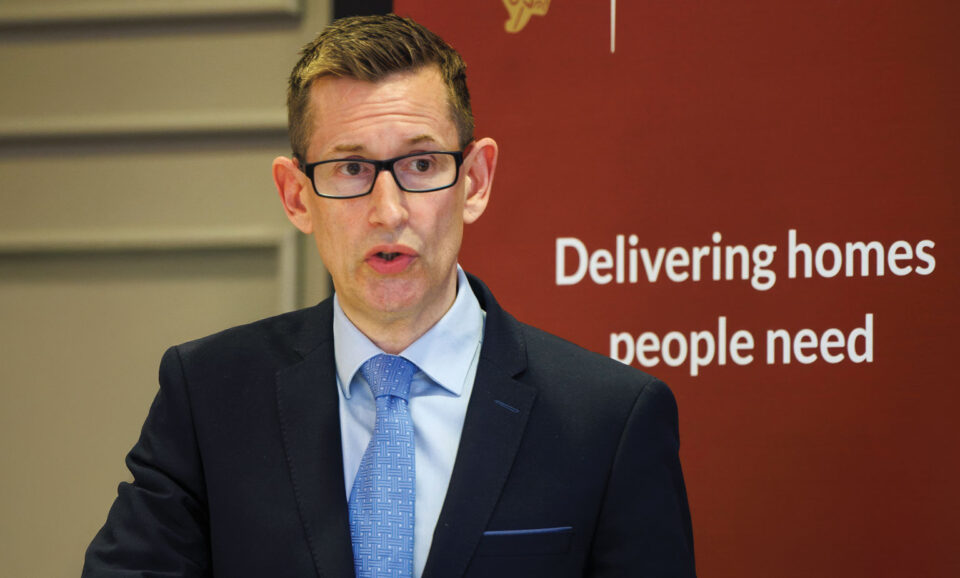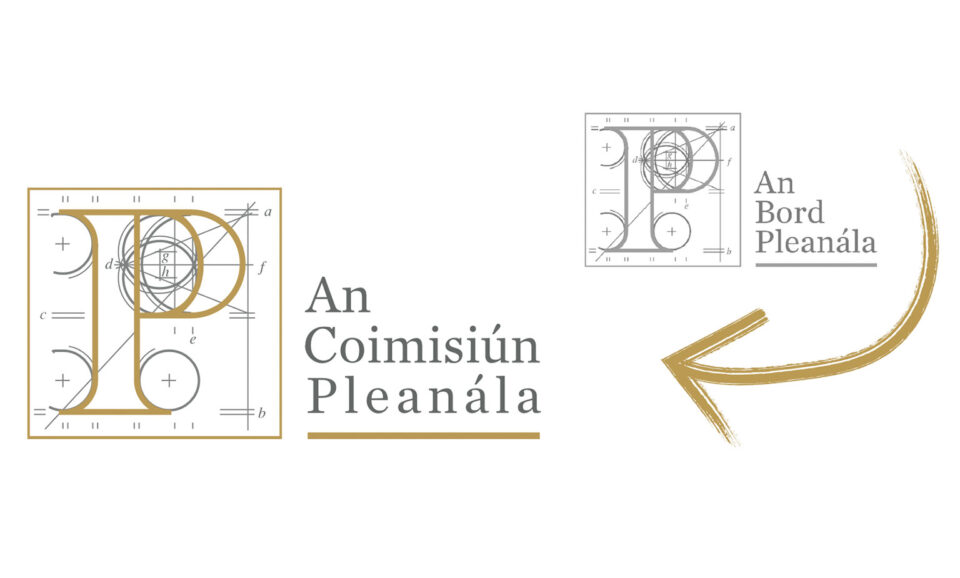
OECD: Housing in Ireland needs to become more affordable
30th June 2025
Enhanced NDP key to social and affordable housing expansion
30th June 2025Short-term lets increasingly impacting the housing market

In 38 of the State’s 166 local electoral areas (LEAs), short-term lets (STL) listed on Airbnb account for at least 10 per cent of the size of the private rental sector (PRS), according to Profiling Short-Term Let Usage Across Ireland, a new research report from the Economic and Social Research Institute (ESRI).
The report, authored by Katie Devane, Allan Kelly, and Rachel Slaymaker, presents data on Airbnb listings in Ireland using September 2023 data from InsideAirbnb and Census 2022 data, with comparisons to 2019 and 2022 where relevant. It examines the geographic distribution of listings, the scale of STL activity relative to the PRS, price comparisons between sectors, and regulatory responses in Ireland and abroad.
Nationally, 66.2 per cent of Airbnb listings in September 2023 were for entire properties, amounting to 18,638 listings. These entire property listings were concentrated in coastal tourist areas and in central parts of the cities of Dublin and Galway. In contrast, cities such as Cork, Limerick, and Waterford showed lower levels of STL activity.
In several coastal areas with small rental sectors, the Airbnb-to-PRS ratio exceeded one in three, with ratios of 1:3 in Westport (Mayo) and 1:6 in Killarney (Kerry). In Dublin and Galway’s inner-city areas, the ratio stood at approximately 1:10 or higher. The report notes that there is a strong correlation (0.89) between Airbnb listings and previously recorded holiday homes in non-urban areas, with a lower correlation (0.47) in urban areas.
Between 2019 and 2023, the number of entire property listings increased by 17.6 per cent, while private room listings fell by 22.3 per cent. Entire property listings grew in most parts of the country except in Dublin City (-13.3 per cent), Cork City (-17.5 per cent), and Galway City (-22.7 per cent).
At a national level, 85 per cent of hosts had just one listing, accounting for 59.6 per cent of all entire property listings. However, a notable share of listings was associated with multi-property hosts and letting agencies. Three hosts each had over 100 listings in 2023, primarily in rural and coastal areas. These large hosts accounted for a relatively significant proportion of total national listings, with shares of 2.0 per cent, 0.9 per cent, and 0.8 per cent respectively.
The report finds that STL properties in coastal areas and in Dublin city would need to be let for between six and 10 days per month to match average monthly revenue in the PRS. Despite this, the report notes that there is no observed correlation between changes in Airbnb activity and new PRS tenancy registrations between 2019 and 2023 at the LEA level.
In terms of regulation, the report finds that existing measures – such as the requirement for change-of-use planning permission in rent pressure zones – have seen limited engagement. In 2023, only 91 such applications were received compared to 9,142 Airbnb listings in rent pressure zones.
The report outlines three international approaches to regulation: day caps, partial or outright bans, and mandatory data-sharing with tax authorities. It asserts that enforced regulation can reduce STL listings and lead to some movement back to the PRS, but that evidence of significant downward pressure on PRS rents is limited. It also notes that regulation has typically been focused on urban areas, whereas STL activity in Ireland spans both urban and rural areas.
The authors recommend the establishment of a comprehensive STL register, covering all STL activity in Ireland, as a critical step to support data-driven policy decisions.
Report co-author Rachel Slaymaker says: “Understanding the dynamics of the STL sector and its interaction with the rental sector is crucial for informed policymaking.
“Our findings highlight the importance of establishing a register covering all STL activity across Ireland to provide timely data to be used in conjunction with rental sector data to monitor activity, changes in usage patterns, and particular pressures in local areas. This is crucial for ensuring a balanced approach to regulation that considers both the need for tourist accommodation and rental housing for locals.”






